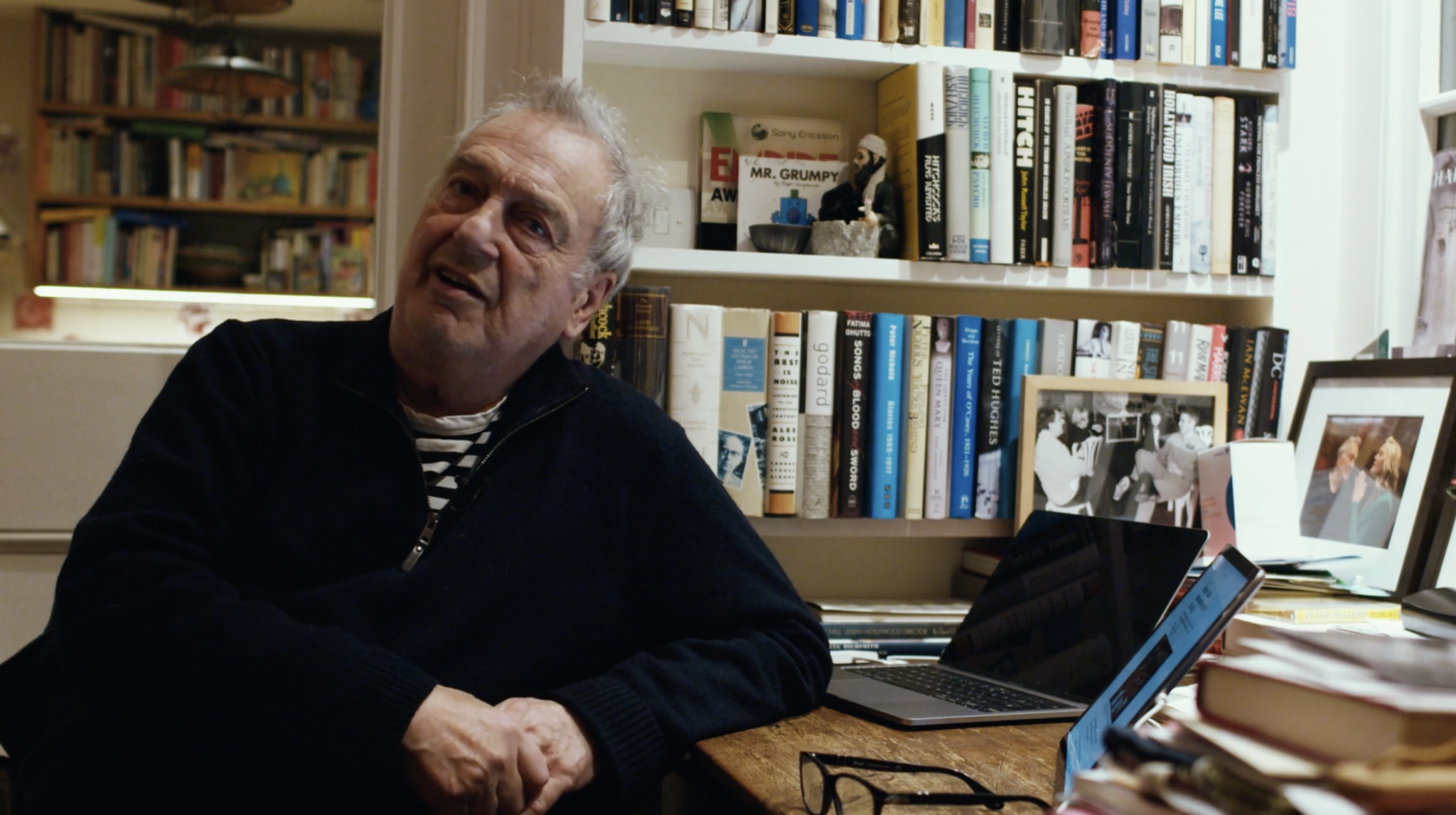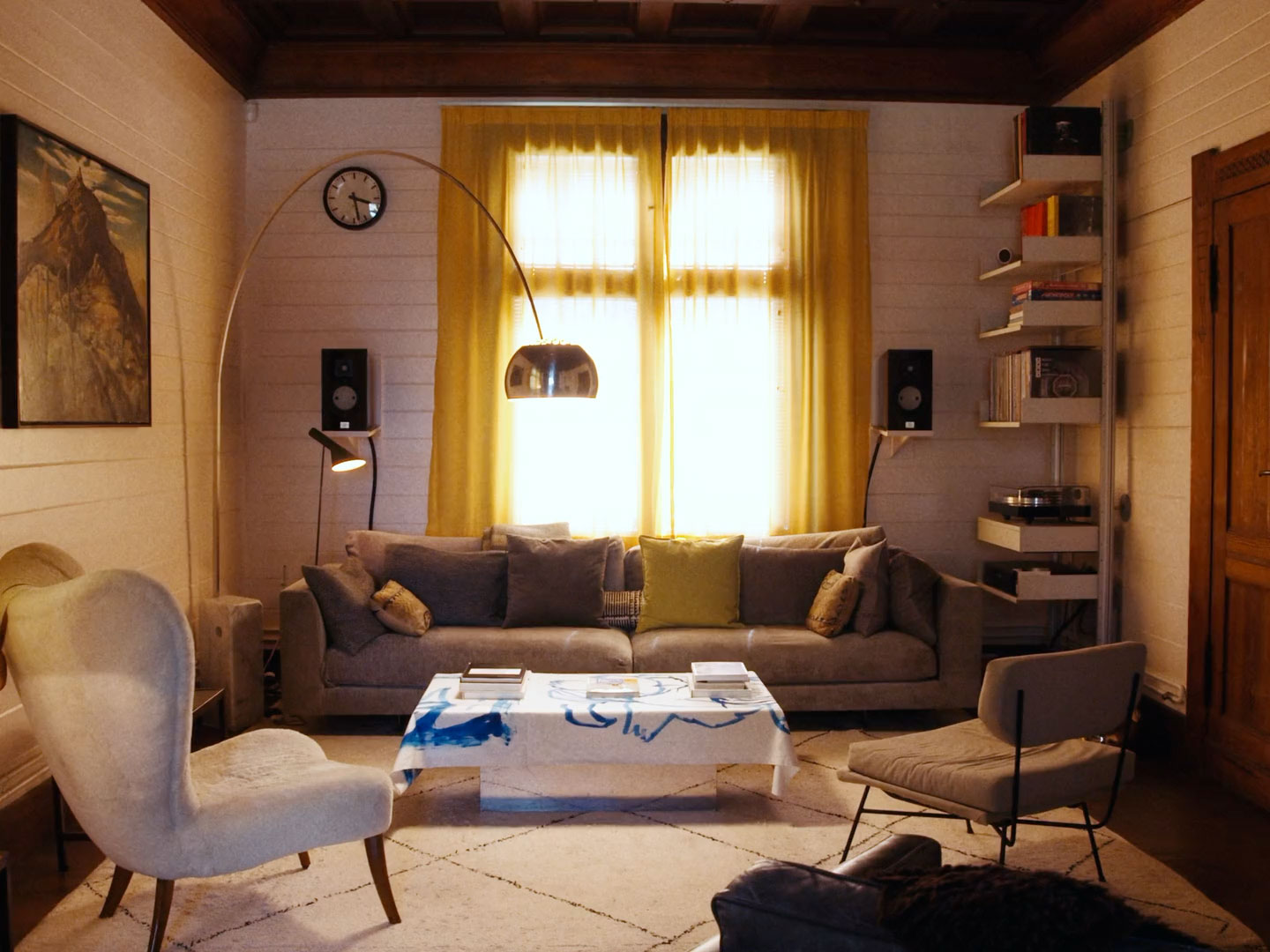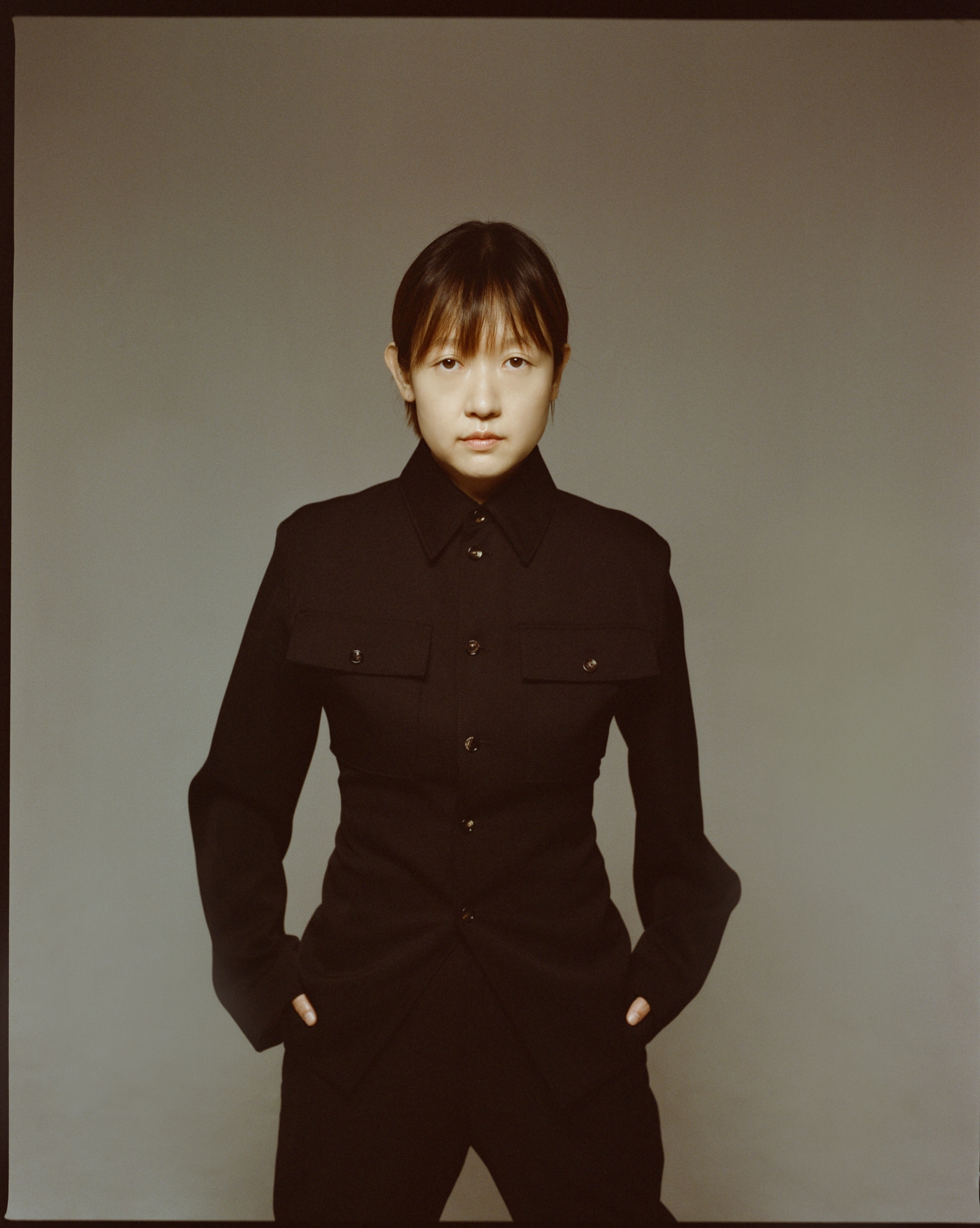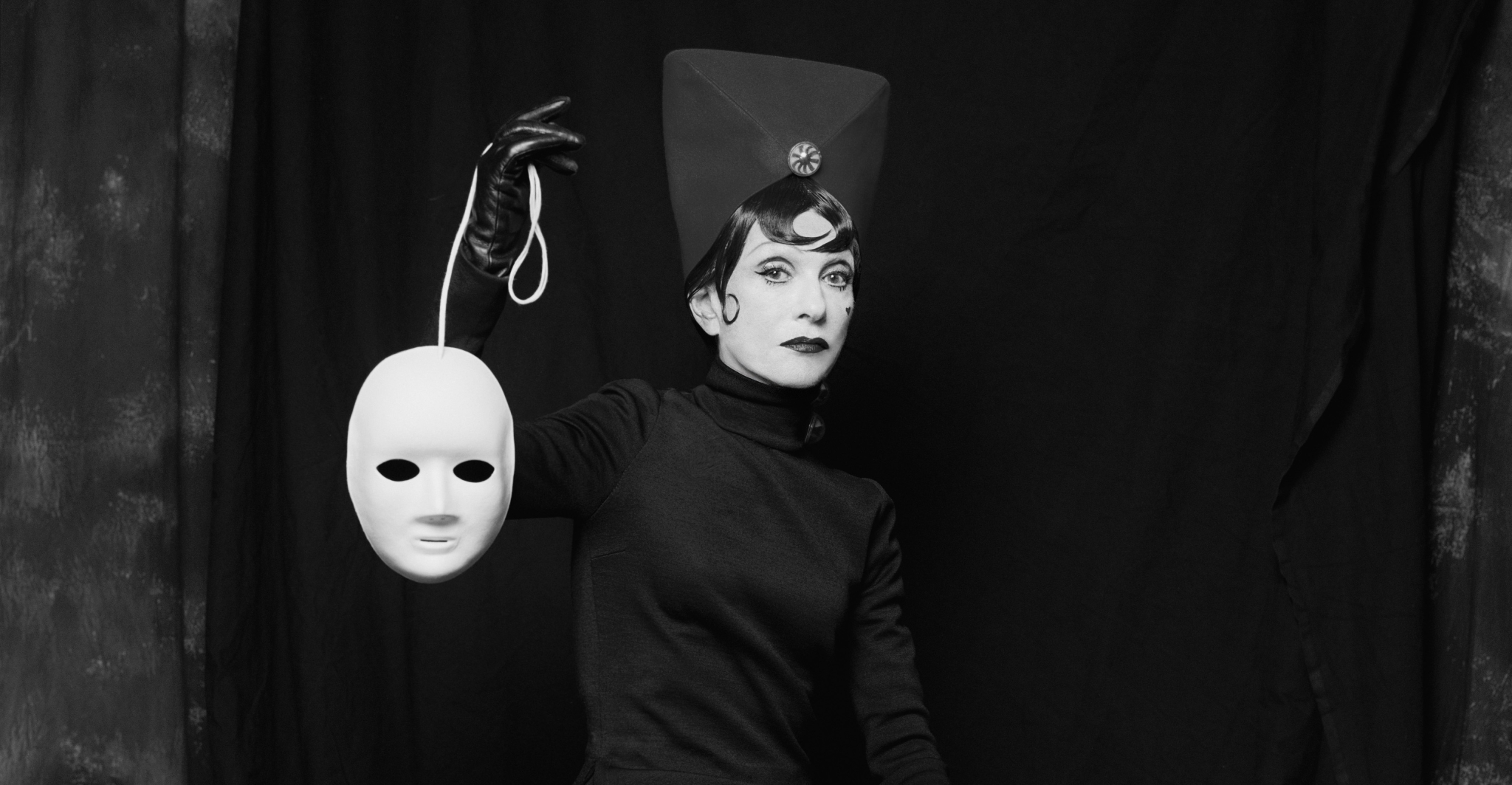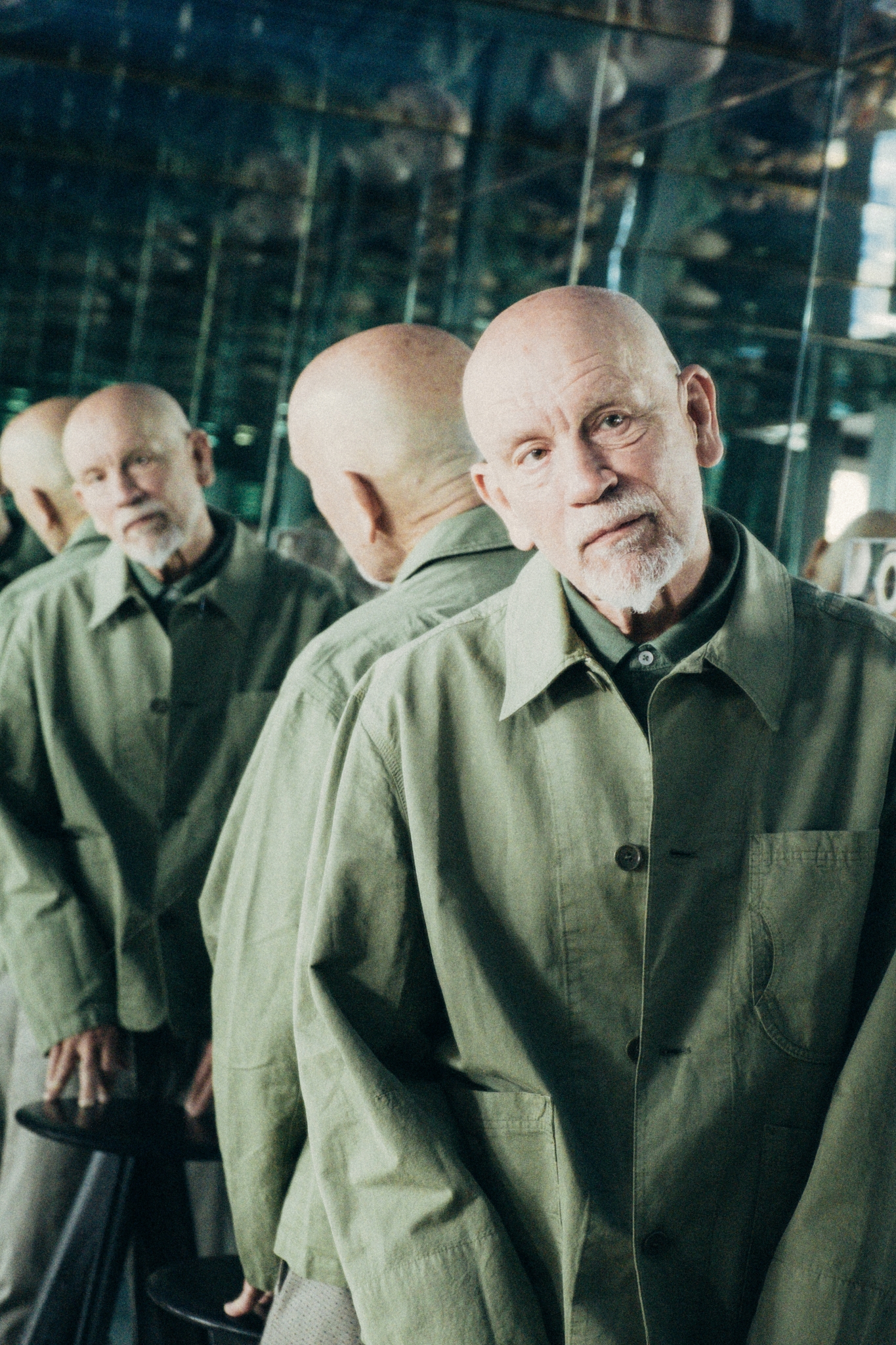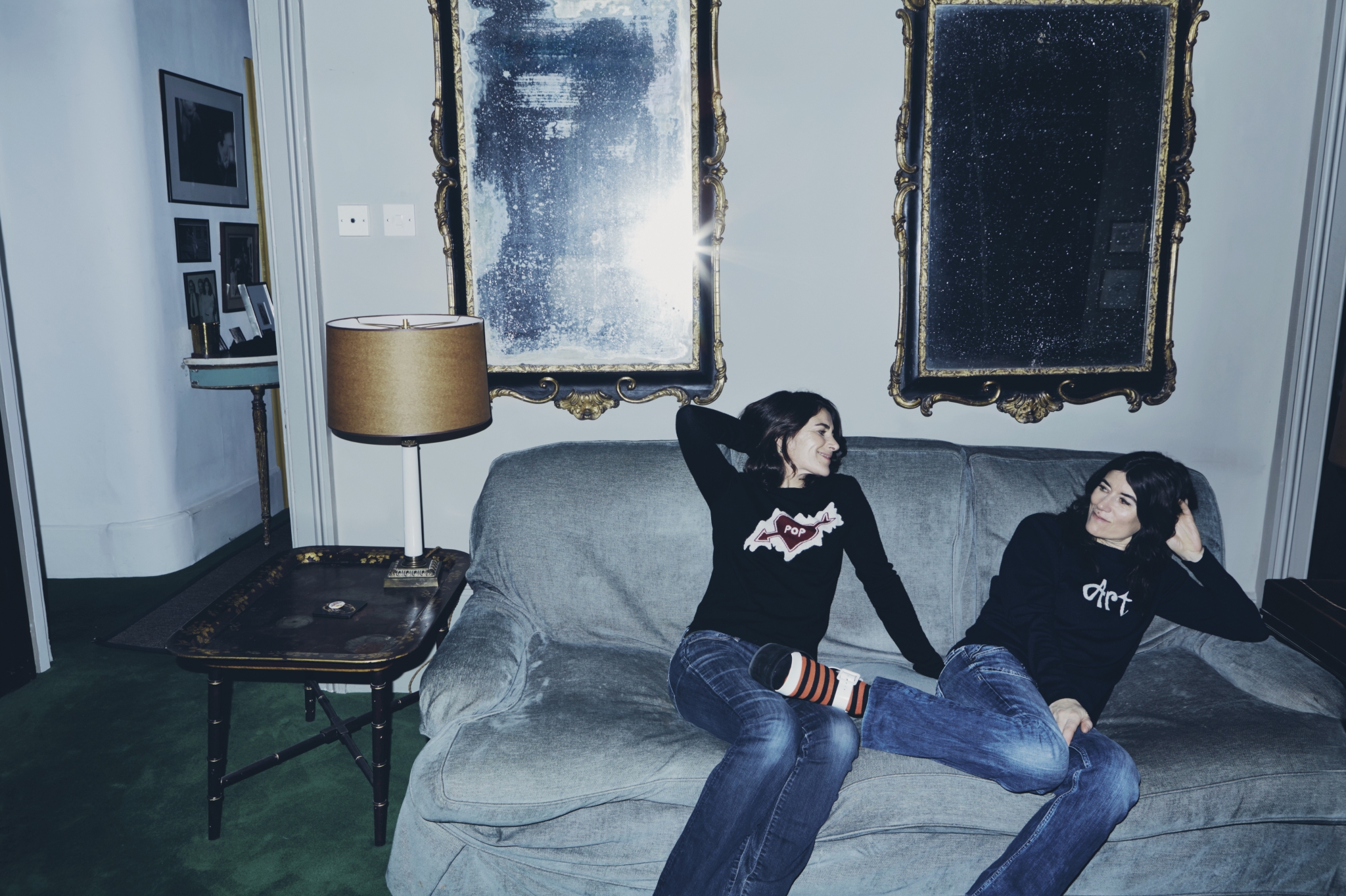

La Dolce Vita became, over the years, an icon not only because of the Federico Fellini film released in 1960, but because of its meaning and symbolism. To live ‘La dolce vita’ is to live a life without a real purpose, as does Marcello Mastroianni, the film’s lead character. He’s a failed writer and gossip chronicler and moves from one adventure to another in a Rome full of temptation and lacking morals, as he tries to avoid marrying his girlfriend.
What makes the film so special is the melange of reality and dream in some unforgettable scenes, like the one of Anita Ekberg screaming “Marcello” nearly naked in the Fontana di Trevi. It creates an atmosphere of what is, in Fellini’s mind, a synthesis of Italian misbehaviour, hypocrisy, and short-term vision. With the character of Steiner (Alain Cuny) he depicts the impotence of an intellectual, and his subsequent suicide.
Because there are many scenes with religious iconography, and characters are depicted in a grotesque manner, the film was censored for a long time in various Catholic countries. But writers like Pasolini, Moravia, and others, continued to claim the importance of his film. Fellini had the courage to show prostitutes, homosexuals, power, humanity and immoral sex in a way that had never been seen together in cinema before. Since then, many other directors, later described as ‘Felliniani’, followed his example. I think of Quentin Tarantino’s Pulp Fiction or Paolo Sorrentino’s The Great Beauty.
La Dolce Vita is immortalised in cinema as a masterpiece, much like La Grande Illusion by Jean Renoir or Orson Wells’ Citizen Kane. Art is made of reality and one’s personal vision of it, and in La Dolce Vita there are all the ingredients of Fellini’s art: from the splendour of classic Rome to the squalor of its suburbs; the voluptuousness of Anita Ekberg and the aristocratic stare of Anouk Aimée. There is the serious nature of Alain Cuny’s intellectual Steiner and Paparazzo, a gossip photographer who follows Marcello everywhere, giving birth to the word paparazzi. Have things changed since the black-and-white world of La Dolce Vita? Not so much. They are less free, because many of the things described in the film are forbidden today. But the essence of despair and impotence, the lack of will-power, the futility and ignorance of the bourgeoisie remain present in today’s society, and might be worse.
The role of the artist is to express and witness, in his very personal way, his view of the world that surrounds him. This is where Fellini is a maestro. By having Anita Ekberg dance in the middle of the night by the Fontana di Trevi, he is therefore creating a strong image he anticipates will also remain iconic in today’s world. Even if La Dolce Vita found great box office success over the years, it took a long time for it to be recognised as a masterpiece and a landmark of Italian cinema.
At this point, I will share a few personal memories I have of Fellini. I met him for the first time in Rome, in the Feltrinelli bookshop that was, at that time, located in the via del Babuino beside his apartment on via Margutta. Sharing common friends, like Alberto Moravia, Marcello Mastroianni, and Dante Ferretti, we struck up a conversation. I must add that Moravia was both a friend and great admirer of Fellini’s, and Mastroianni would say, “How can they describe me as a Latin Lover when I was the protagonist of La Dolce Vita and 81/2?” Dante would recall how he not only worked on many of Fellini’s movies, but that they saw each other as friends in Fregene where Fellini was always questioning him about his dreams.
I remember meeting him a second time at Vincenzo’s, a barbershop he used to visit for a shave in via del Babuino. We shared a short and polite conversation. I would see him often in Piazza Del Popolo, which at that time was a parking area where gypsy women would read your palms. Fellini was fascinated by this, and often spoke about his dreams. Indeed in Prague, I had my own dream about Fellini. So I called his agent and friend Carol Levi and asked for his phone number.
A woman’s voice answered.
“I wish to speak with Mr Fellini,” I said.
“Who is speaking?”
“Alain Elkann”
“Sadly, he isn’t home”
“When will he be back?”
“I don’t know. But tell me what it is about, and I’ll let you know when he returns. What is the subject?”
“A dream I had of him”
“Just a second… I’m passing you to my husband”
Then and there, Fellini came on the phone. He had a childish voice, sort of like Truman Capote’s. I explained that in my dream, he was driving a very fast sports car and then walking with a person who dressed like Marcello Mastroianni in La Dolce Vita, in a dark suit, black tie, and a white shirt. They then met Anita Ekberg; blonde and in a bathing suit. She did not recognise them, so Fellini said, “Anita, I am Federico. Don’t you remember me?”
She says she does not, so Marcello asks, “And me?” “Sorry, but I do not,” Anita replies, “I am going for a swim now as it is good for my body. Bye.”
As I was describing this surreal dream, Fellini was dead silent. Then he said “grazie” many times and asked me to call him when I returned to Rome.
Sometime later, Vogue asked me to write a piece about him and his new film Ginger and Fred at Cinecittà. It was an early afternoon and Fellini was shooting a scene where Ginger (played by Guilietta Masina, his wife) was taking a little mirror from her handbag and applying lipstick. The scene was shot many times, as he was unsure about where the mirror should be in the bag and how Guilietta should hold it. From time to time, he would get close to his costume designer Danilo Dolci and whisper in his ear, “Scusami Daniluccio, excuse me Daniluccio.” Then he would start over again until he was pleased.
I was happy that he recognised me. He was very kind. I remember that it was winter, and he wore his usual grey Borsalino hat, a grey coat, and a large red scarf around his neck. When the film was made, I attended the press conference with him, his producer, Mastroianni and Masina. There were many questions from other journalists about the film, and having arrived late, I sat in the last row. But then a man from the production company came by and tapped me on the shoulder. “Mr Fellini knows you are a friend of Marcello Mastroianni’s,” he said, “since there are few questions for him, would you please ask one?” I replied that I would, and after a while I raised my hand to ask Mastroianni a question.
“How can you be a character in a film one day and then play another character, like Fred for instance?”
The answer was: “It is like being a bank clerk. Friday night he closes his counter and Monday morning he opens it again.” That was a slice of what I remember of the life so well depicted in La Dolce Vita and Fellini’s other films. A life where dreams and reality were linked in his interpretation of its very meaning.

